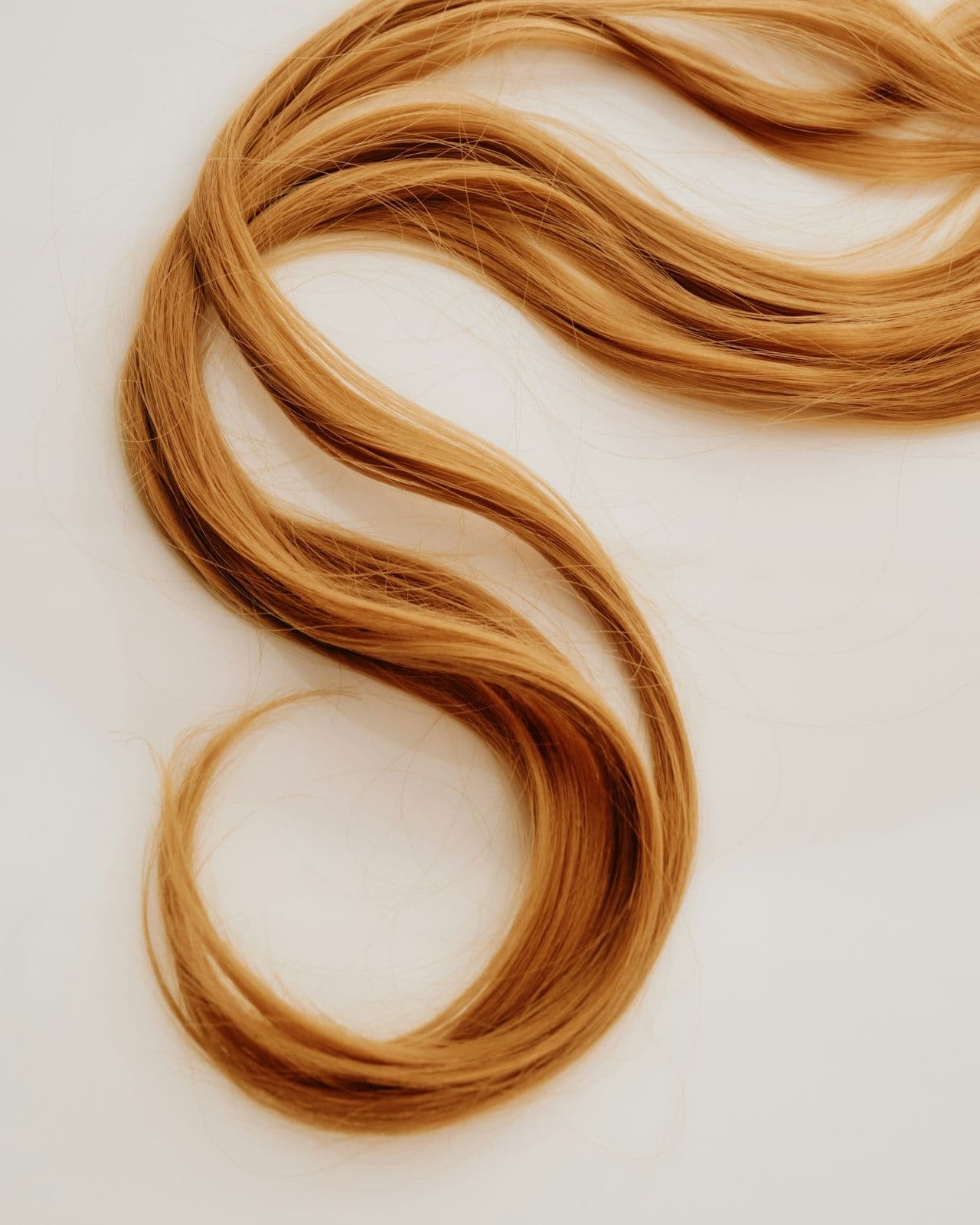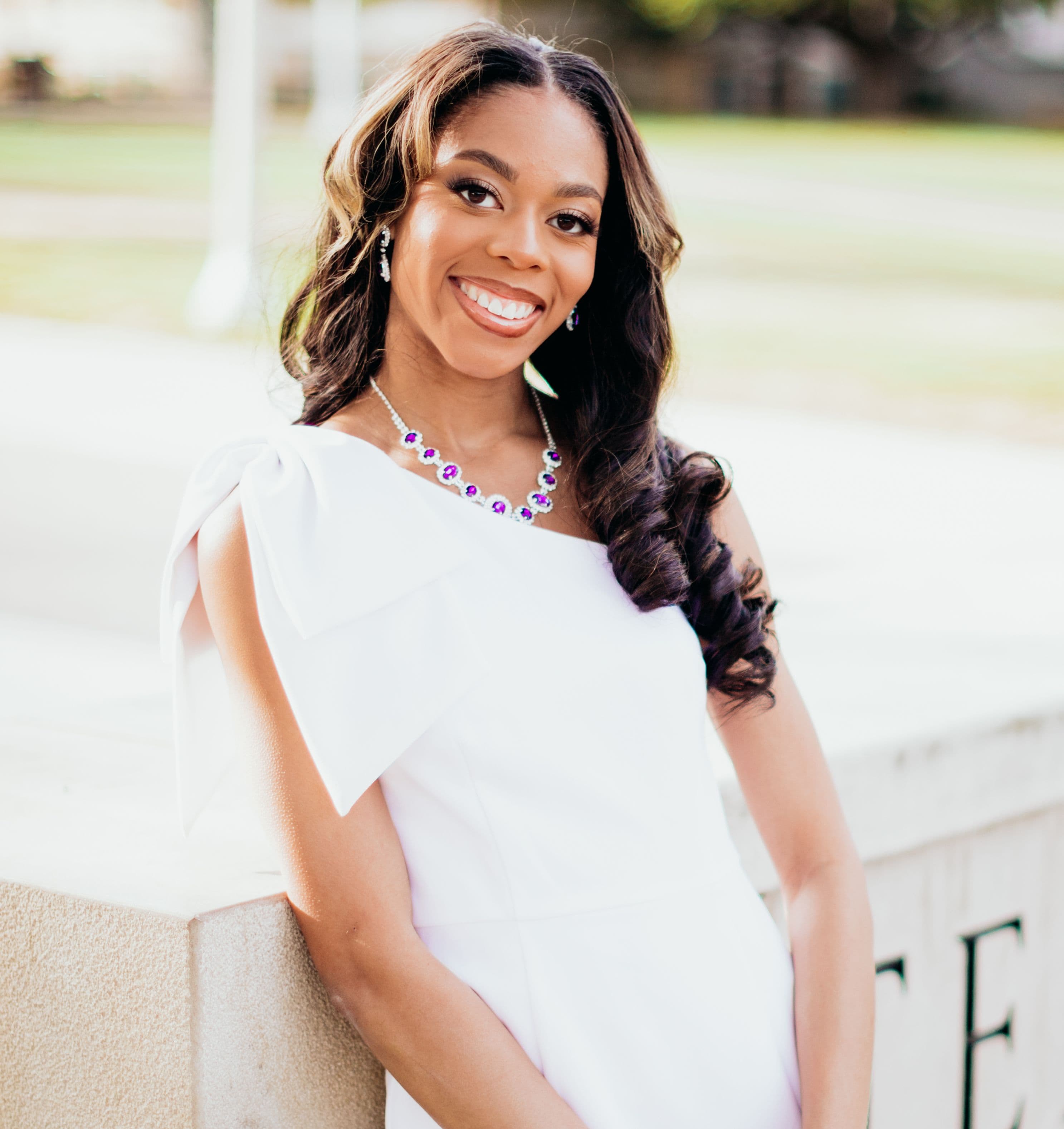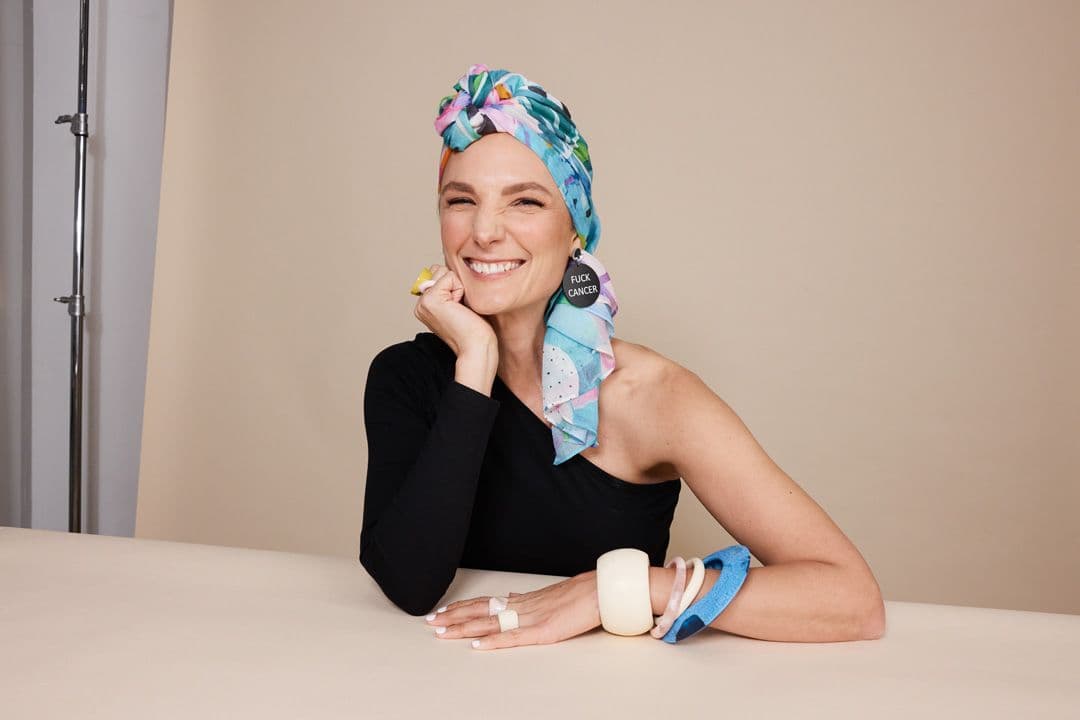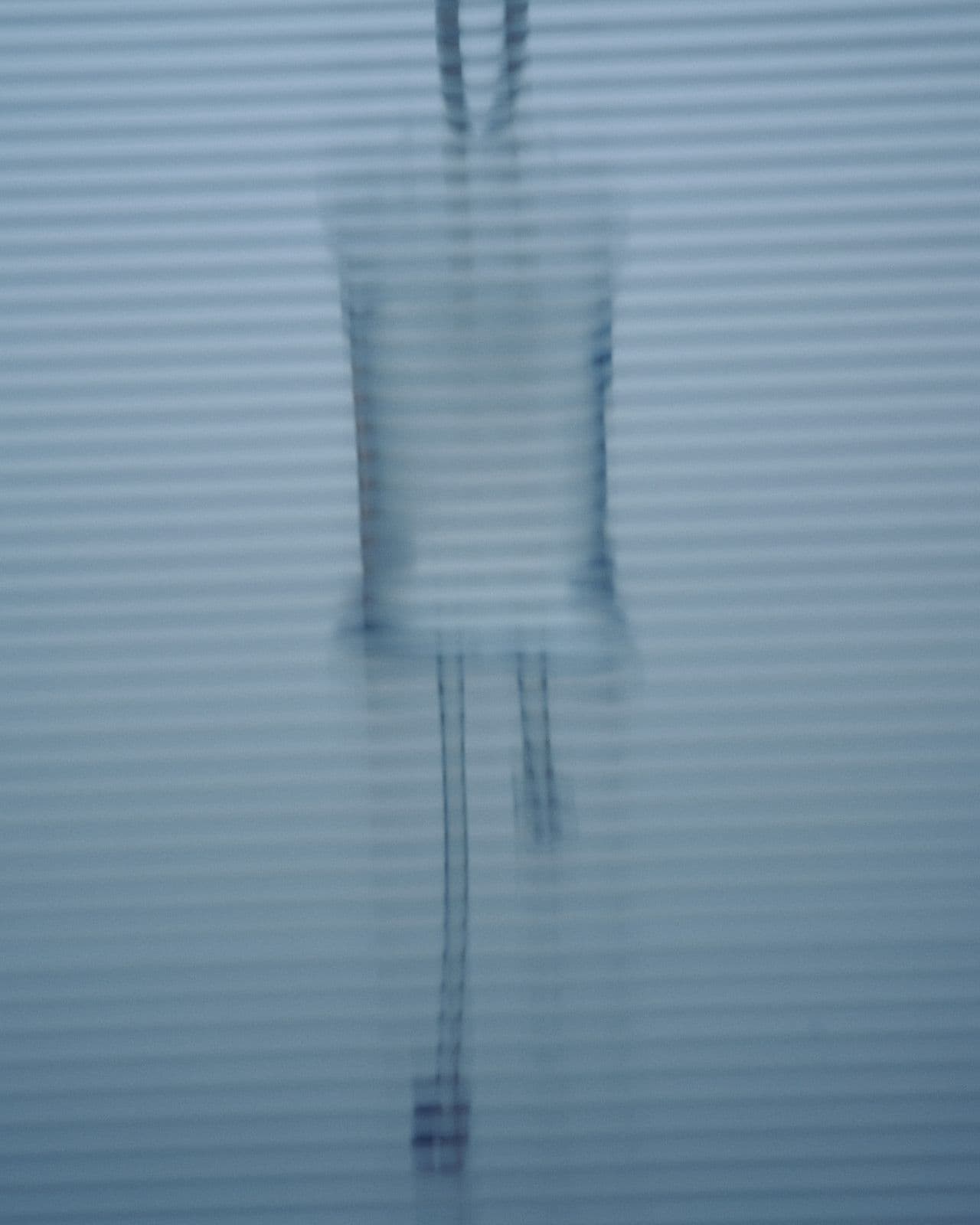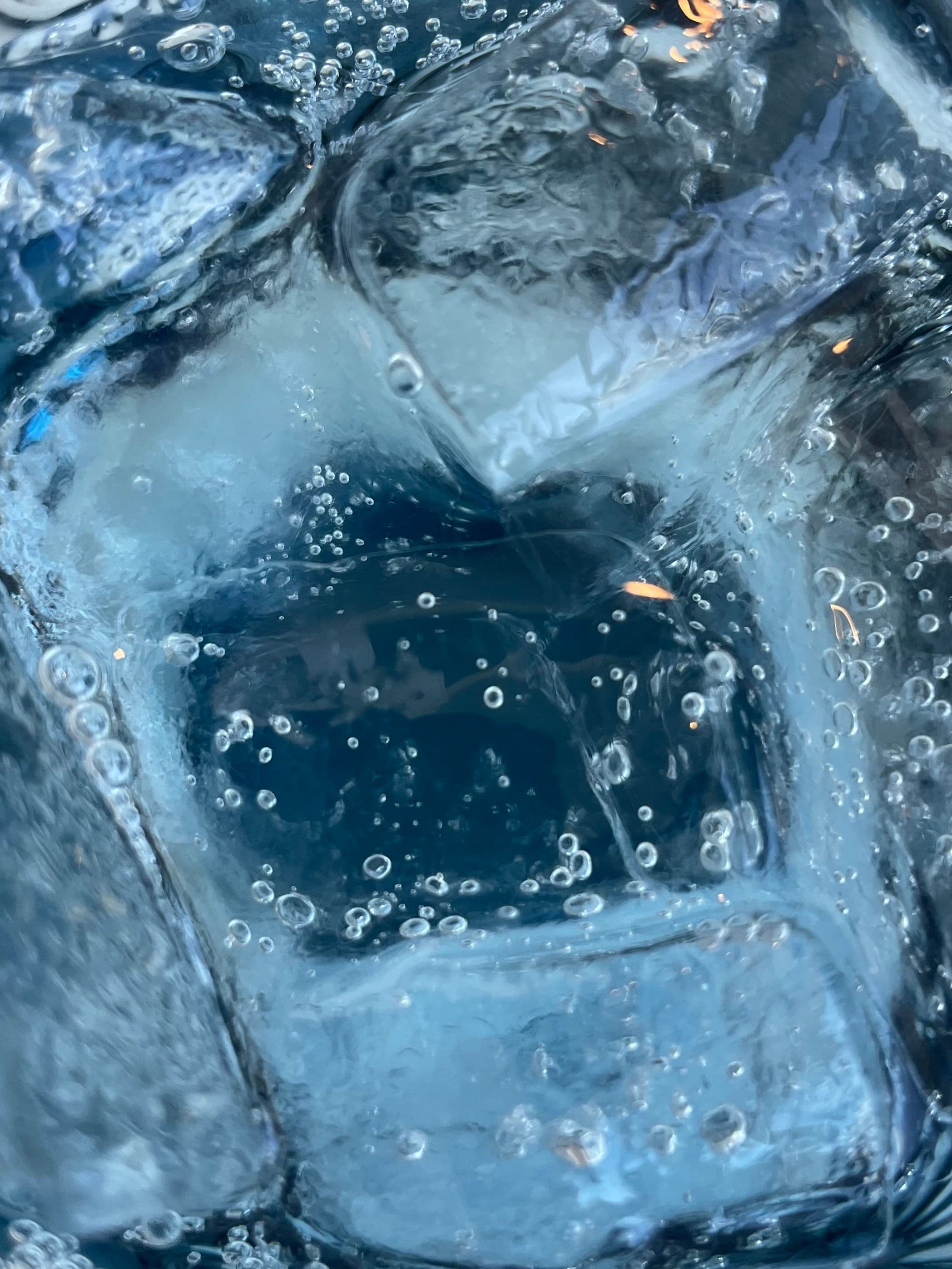When chemotherapy is part of your treatment plan, hair loss is a common reality–and for many of us, this can be one of the hardest parts of the whole experience. It's a side effect that can shift how you feel about yourself during an already vulnerable time, and its visibility can change how other people see and treat you. Hair loss is a visible marker of the less apparent changes happening to the body. And what you lose in follicles, you may gain in: sadness, anger, grief, frustration, uncertainty, sadness again.
We spoke to oncologists, oncology dermatologists (doctors who specialize in skin and hair changes related to cancer treatment) and people who’ve been there about what to expect and how to navigate, manage (and sometimes reduce) hair loss.
So, What’s Really Going On When You Lose Your Hair?
Hair loss (formally known as: chemotherapy-induced alopecia) during cancer treatment is a common side effect from chemotherapy, though radiation therapy can also cause hair loss in the areas that are treated.
Chemotherapy treatment is designed to attack rapidly dividing cancer cells, but the drugs don't differentiate between which rapidly dividing cells are cancerous and which are not.
“Hair follicles are full of rapidly dividing cells. They’re just an unintended bystander target,” says Dr. Brittany Dulmage, an oncology dermatologist at The Ohio State University Wexner Medical Center. “The chemotherapy disrupts the cell cycle of the hair follicle cells, which leads to increased hair fragility and ultimately hair breakage… very close to the surface of the scalp.”
But not all chemotherapy drugs and combination drugs will cause hair loss; you can ask your doctor about what you can expect from your chemo treatment. Dr. Julie Gralow, Chief Medical Officer and Executive Vice President of the American Society of Clinical Oncology and a breast cancer oncologist for thirty years, says “some chemotherapy drugs invariably cause 100% hair loss, while others may only cause thinning or no impact at all.”
While chemotherapy is the primary culprit, factors like stress and other treatments such as targeted therapies or hormonal therapies can also contribute to hair thinning or loss. Depending on your diagnosis and treatment, your oncologist may be able to connect you with resources to help you manage hair loss.
When Does it Happen? What Does it Feel Like?
Hair loss typically begins around two to three weeks after the start of chemotherapy, and in some cases you may notice hair loss only after your first few rounds of chemo are complete (unless you're doing cold capping; more on this later). In early stages, your hair might start looking thinner as treatment progresses, or it might happen all at once.
“I definitely had patients that said their hair was fine and they were taking a shower one morning and a whole clump came out,” onco-dermatologist Dr. Gralow says. “And that's a kind of common story when it comes out.”
In many cases, the process of losing your hair may not physically feel like much. But often the process can be uncomfortable: Dr. Dulmage notes your skin can be dry, itchy, and irritated skin during treatment. Some other skin conditions that may accompany hair loss include folliculitis, a skin condition in which hair follicles become inflamed or infected, and trichodynia, or pain, numbness, burning, or tingling around the scalp, says Dr. Jonathan Leventhal, an onco-dermatologist and director of the Onco-Dermatology Program at Smilow Cancer Hospital at Yale New Haven. He says these can be treated with topical medications, so always talk to your doctor if you're experiencing any discomfort.
It’s important to note that the act of showering, or washing and brushing your hair, is not pulling your hair out. Washing and hair brushing are moments when you're running your hands through your hair, so you may notice hair loss more; but it will happen regardless of whether you wash or brush it.
Should I Cut It? Shave It? Buzz It? What Should I Do?
Many women, when they start to lose their hair like this, decide to cut their hair short or shave their head. But there’s actually no should here. You may think you’re going to lose all your hair, but then you don’t– or the opposite. It’s okay to wait to see what happens.
When Lauren McDermott, 22, was diagnosed with breast cancer, she knew hair loss would be a part of it. When she began feeling her hair fall out, she decided she’d rather shave their head than wait for it to fall out.
“I had my hair last ‘hair wash’ shower, and I noticed how many bald spots there were. It was really, really overwhelming to me. It was so thin and it didn’t feel like my hair,” says Lauren. “Once I [shaved it], it felt like ‘okay, it’s done. I have that weight off of me. I can keep moving forward.’”
Remember Eyelashes & Eyebrows Might Go As Well
More unexpectedly for many women, hair loss may include your eyebrows, eyelashes, and other body hair. For many women, this can be the hardest part. Your eyebrows and eyelashes define your face, and hair loss here is a bit more difficult to cover up. “I honestly think the bigger thing was my eyebrows,” says Lauren. “Once I lost those and my eyelashes, I was like ‘okay, I feel like I look a lot sicker than just being bald.’”
Your eyebrows and eyelashes are not just little face details; they’re functional parts of your body that help collect dust and debris and keep it from your eyes. In lieu of that hair, you’ll want to think about some other protection, like sunglasses (our guide on hair loss products is here).
Some Ways to Manage Hair Loss
Scalp cooling, also known as cold capping, is a treatment used to reduce hair loss during chemotherapy. There are two methods of scalp cooling, manual and automated, which both involve wearing a cap or helmet device that cools the scalp to help limit the amount of chemotherapy drugs that reach the hair follicles.
However, there are some limitations to scalp cooling. If you’re receiving treatment for a blood cancer like lymphoma or leukemia, or if your tumor is near your neck and head, scalp cooling can interfere with your treatment and you may not be eligible—speak with your oncologist to find out if scalp cooling is an option for you. Scalp cooling also likely won’t keep all of your hair during treatment.
Dr. Leventhal says: “it’s really effective in preserving over 50% of [your] hair, but we’re not talking 100% preservation in most cases." If you’re eligible, scalp cooling can be a great way to manage hair loss. Here's our guide here to learn more about cold capping.
Many people also use wigs. Some match it to their hair before hair loss, to feel like themselves; some use the opportunity to go for something different and fun. We know that shopping for a wig can feel like a daunting task when you’re facing hair loss; to help guide you, we have compiled some expert tips for wig shopping here.
In addition to or instead of wigs, you may also want to explore a variety of head coverings: you can tie up beautiful silk scarves, you can buy some pre-tied options, you can use a bandana. This is a chance for some self-expression; also these coverings will protect your head from the sun– and the right fabrics can feel really soothing on a tender head.
How To Care for Your Skin (and Remaining Hair)
When it comes to hair care during treatment, it’s important to continue normal, gentle, everyday practices, to keep everything clean and healthy. Onco-dermatologist Dr. Dulmage suggests avoiding fragranced shampoos and conditioners, which can be more irritating, but other than that there’s not many products that the science proves you should avoid. “You should be looking for things that are low on fragrance and that feel good to you when you use them,” she says.
Your hair doesn’t just grow for aesthetic reasons, it plays a huge role in protecting your skin, especially in sensitive places like your scalp and your eyes.
Dr. Dulmage suggests that you practice good, gentle skincare for skin that is dry and sensitive from treatment. She suggests cleansing your body and your scalp with something gentle, and fragrance free in the shower such as Dove Sensitive Skin, and then right when you come out, lathering on any moisturizer that’s thick and bland (meaning fragrance-free). Something like Eucerin, CeraVe, or Vanicream, to keep your skin protected and hydrated.
Preventing Sun Damage
Sun protection is also hugely important if you don’t have hair on your head. If you’re going outside, you’ll want to wear a hat, or make sure your scalp is slathered in sunscreen (we've rounded up some of our favorites in our guide here). And consider sunglasses to protect your eyes, especially if you’ve lost your eyelashes or eyebrows. And if you’re noticing any new symptoms or something strange about your skin, tell your doctor.
What's the Regrowth Process Like?
The good news is: your hair will likely grow back, and when it comes to regrowth, patience is key (read more tips on hair regrowth post-treatment here). It can take between three to six months to even start seeing regrowth, and it may grow back with a different texture, or even a different color, due to the effects of chemo on your hair follicles. Throughout this all, you’ll want to continue gentle hair care: avoiding harsh chemicals, dyes, or heat tools. There are some supplements and topical treatments to help speed up the process, specifically Minoxidil.
Most Important: Know This is Temporary
Remind yourself this is temporary. Your hair is very likely to grow back. In the meantime, feel all the big feelings. And when you're ready, we have information about wigs, accessories, and head scarves.
